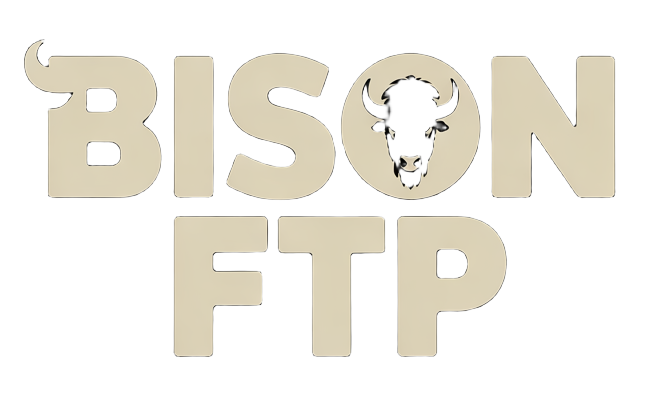Effectively managing personal loan repayment is crucial to avoiding the pitfalls of growing debt. Begin by devising a detailed repayment strategy aimed at paying more than the minimum whenever possible. This approach reduces the principal balance faster and decreases the total interest paid, providing a path to financial stability.
Prioritize your loans by focusing on those with the highest interest rates. Targeting these high-interest loans first can significantly reduce your overall debt burden. In doing so, borrowers can free up additional resources each month, allowing them to pay off remaining debts more efficiently and sustain financial health.
Consider employing the debt avalanche method to systematically target your debt. Unlike the debt snowball method, which focuses on the smallest balances, this strategy prioritizes higher interest rates. This method can minimize interest over time, ultimately reducing the total amount owed and accelerating the journey to debt freedom.
Budgeting for Balance: The Foundation of Smart Borrowing
Constructing a detailed budget is integral to avoiding excessive borrowing. By accurately tracking income and expenses, individuals can identify areas for spending reduction, creating additional room for loan repayment. Maintaining discipline over finances allows borrowers to make informed decisions that prevent financial overextension and encourage sustainable living.
A well-crafted budget enables borrowers to set realistic financial goals. By distinguishing between needs and wants, individuals can allocate resources effectively, ensuring essential expenses are covered while supporting loan repayment efforts. Budgeting empowers borrowers to maintain control over their financial destiny and avoid the pitfalls of debt accumulation.
Regularly reviewing and adjusting your budget ensures it remains aligned with your financial situation. Life changes, such as increased income or unexpected expenses, can affect financial priorities. Updating your budget accordingly allows you to continue managing loan repayments effectively, sustaining financial health while adapting to evolving circumstances.
Refinancing and Consolidation: Making Smart Loan Decisions
Refinancing and debt consolidation can provide financial relief by lowering interest rates and simplifying payments. Before deciding, borrowers should research loan options and assess terms carefully. Understanding the benefits and potential drawbacks of refinancing or consolidating can help determine the most suitable strategy for their financial goals.
Refinancing involves replacing an existing loan with a new one at a lower interest rate, which can reduce monthly payments and overall interest costs. This option is particularly advantageous for borrowers with improved credit scores since it can facilitate better loan terms, providing a clear path toward financial stability.
Debt consolidation merges multiple loans into a single payment with a reduced interest rate, making it easier to manage debt. This approach simplifies finances and can help borrowers stay organized, potentially lowering total debt costs. However, it’s crucial to ensure the new loan terms will genuinely improve your financial situation before proceeding.
Emphasizing Control Over Monthly Payments
Staying in control of monthly payments is vital for preventing debt from escalating. Consistently making timely payments not only prevents additional fees and interest but also protects your credit score. A strong credit history can lead to better loan terms in the future, further supporting financial stability.
Evaluate your payment schedule to ensure it aligns with your cash flow. Structuring payment dates around pay periods can help prevent missed payments and ensure funds are available when needed. This proactive approach avoids unnecessary financial strain and promotes responsible loan management.
If your debt-to-income ratio becomes challenging, consider negotiating payment terms with your lender. Many lenders offer flexible repayment options such as deferment or temporary reductions in payments. Proactively communicating with your lender demonstrates financial responsibility and can make it easier to secure favorable loan terms.
Avoiding the Debt Snowball: Controlling Borrowing Habits
Curbing excessive borrowing is crucial for preventing a debt snowball. Develop a mindset focused on living within your means, prioritizing saving over spending. By consistently applying this principle, borrowers can minimize reliance on credit, reducing the risk of accumulating unmanageable debt.
Set clear borrowing limits to avoid taking on excessive debt that exceeds your repayment ability. Implement stringent criteria for when loans are necessary and only borrow amounts that align with your repayment plan. This disciplined approach protects your financial future and promotes responsible credit use.
Education is a key tool for understanding the implications of borrowing. Educate yourself about loan terms, interest rates, and potential fees associated with credit products. By acquiring this knowledge, borrowers can make informed decisions, avoiding financial products that may lead to a spiraling debt snowball.
Conclusion
Effectively managing personal loans requires a comprehensive approach focused on strategic repayment, disciplined budgeting, and informed financial decisions. By prioritizing high-interest loans and employing methods like the debt avalanche, borrowers can reduce debt efficiently, freeing up resources for sustainable financial health and avoiding overwhelming debt cycles.
Moreover, incorporating refinancing and consolidation options judiciously can streamline payments and lower costs. Adapting to life changes by regularly updating budgets ensures ongoing alignment with financial goals. By cultivating responsible borrowing habits and maintaining open communication with lenders, individuals can secure their financial future and prevent debt escalation.
